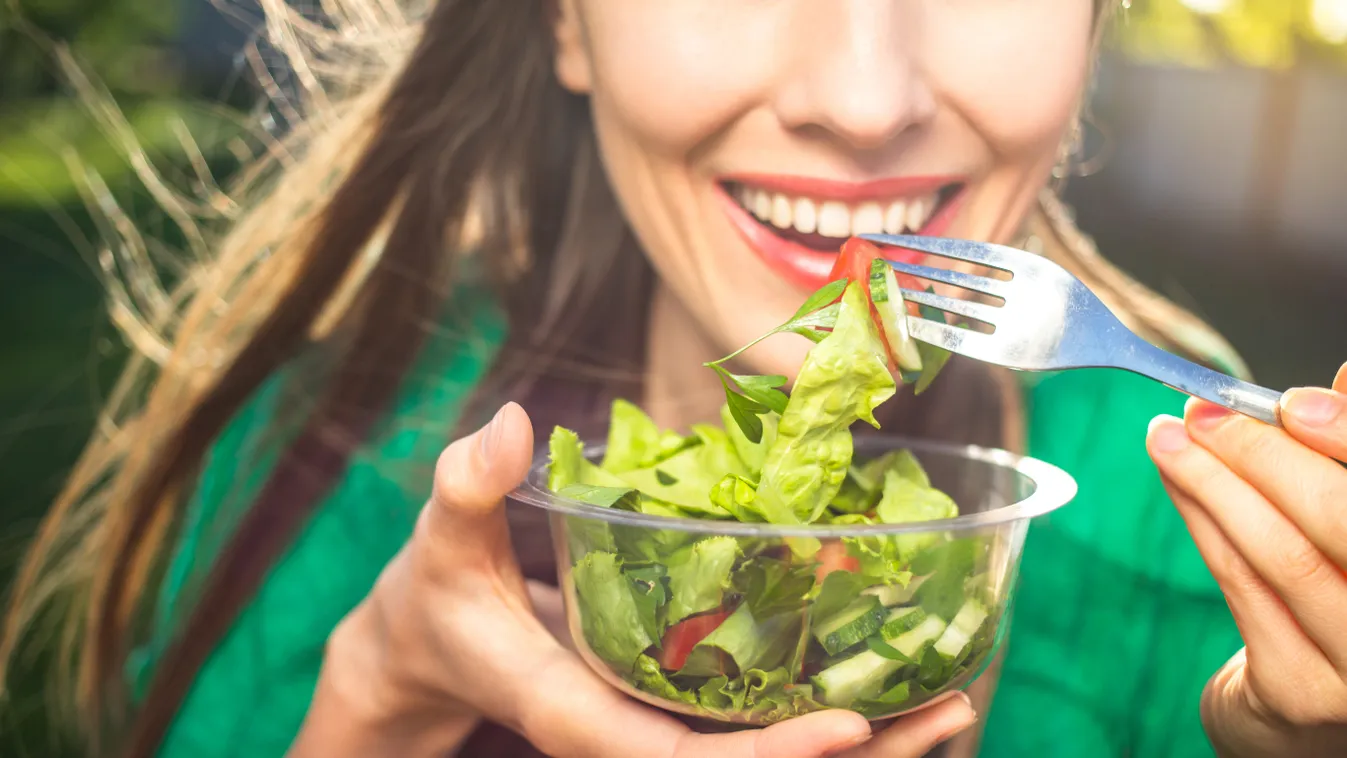Növényi alapú étrendek: előnyök és hátrányok


Forrás:
1 Schupbach R et al. (2017). Micronutrient status and intake in omnivores, vegetarians and
vegans in Switzerland. European Journal of Nutrition., 2017;56:283–293.
2 Singh B et al. (2017). Bioactive constituents in pulses and their health benefits. Journal of
Food Science and Technology., 2017;54:858–870.
3 The Federal Department of Home Affairs. (2017). Verordnung über die Höchstgehalt für
Kontaminanten. Kontaminantenverordnung, VHK. S 817.022.15, 2017.
4 Rodler I (szerk). (2005). Új Tápanyagtáblázat. Medicina, Budapest
5 Messina V. (2014). Nutritional and health benefits of dried beans. Am. J. Clin. Nutr.,
2014;100(suppl 1):437S–442S.
6 Gibson RA et al. (2011). Conversion of linoleic acid and alphalinolenic acid to longchain
polyunsaturated fatty acids (LCPUFAs), with a focus on pregnancy, lactation and the first 2
years of life. Maternal and Child Nutr., 2011;7(suppl 2):17–26.
7 Sanders TA. (2009). DHA status of vegetarians. Prostaglandins Leukot. Essent. Fatty
Acids., 2009;81:137–141.
8 Saunders AV et al. (2013). Omega-3 polyunsaturated fatty acids and vegetarian diets.
Med. J. Aust., 2013;199(4 suppl):S22–S26.
9 Anderson GJ et al. (2012). Iron Physiology and Pathophysiology in Humans. New York,
NY, USA: Humana Press/Springer
10 Geissler C et al. (2011). Iron, meat and health. Nutrients., 2011;3:283–316.
11 Craig WJ et al. (2009). Position of the American Dietetic Association: vegetarian diets.
Journal of the American Dietetic Association., 2009;109:1266–1282.
12 Lonnerdal B. (2000). Dietary factors influencing zinc absorption. J. Nutr.,
2000;130(5suppl):1378S–1383S.
13 Mangels R et al. (2011). The Dietitian's Guide to Vegetarian Diets. 3rd ed. Sudbury(MA):
Jonesand Bartlett Learning
14 Leung AM et al. (2011). Iodine status and thyroid function of Boston area vegetarians
and vegans. J. Clin. Endocrinol. Metab., 2011;96:E1303–E1307.
15 Tang AL et al. (2010). Calcium absorption in Australian osteopenic post-menopausal
women: An acute comparative study of fortified soymilk to cows' milk. Asia Pac. J. Clin.
Nutr., 2010;19:243–249.
16 Vannucci L et al. (2018). Calcium intake in bone health: A focus on calcium-rich mineral
waters. Nutrients., 2018;5;10(12). pii: E1930. doi: 10.3390/nu10121930.
17 Szabó Z és mtsai. (2016). A növényi alapú étrendről. Orv. Hetil., 2016; 157:1859–1865











